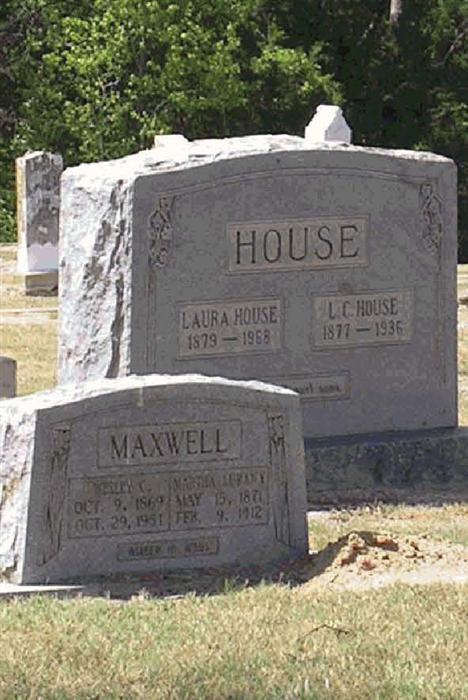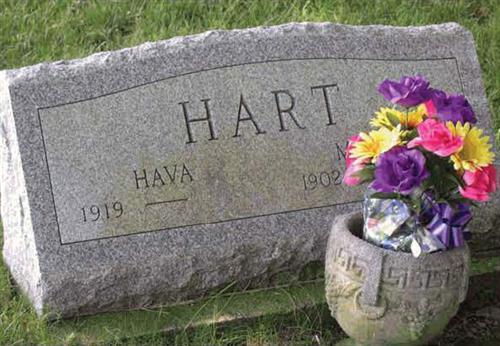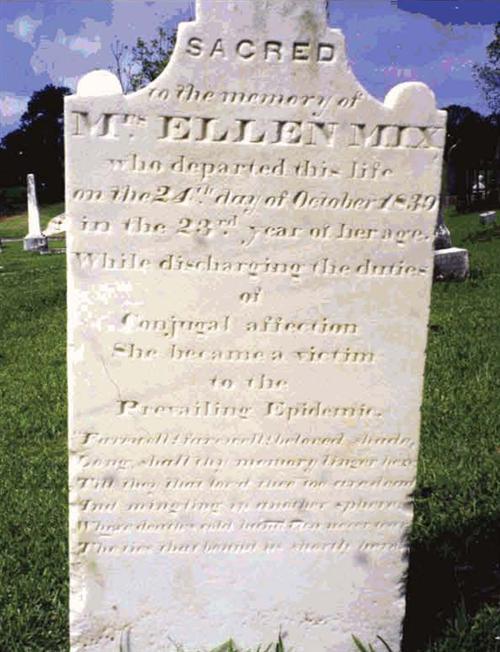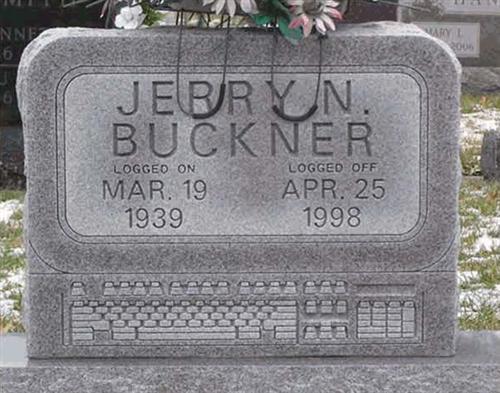Sign up for the Family Tree Newsletter Plus, you’ll receive our 10 Essential Genealogy Research Forms PDF as a special thank you!
Get Your Free Genealogy Forms
"*" indicates required fields
GI Granny
Started in 1942, Fort Hood is today the nation’s largest military post — a 340-square-mile installation near Killeen in central Texas. In the mid-1950s, it was the site of one of the biggest military exercises ever held, Operation Longhorn.
To pull it off, the Army leased thousands of acres of ranch land, including the property near Lampasas where my dad grew up and where we used to vacation when I was a kid. At the time, my grandmother, a sweet but strong-willed little lady, ran the ranch with my uncle and a few hired hands.
The plan was to deploy troops and weapons on the leased land to stage the exercise. Although my uncle carefully explained things to my grandmother, she was a little fuzzy on the details.
On the first day of the exercise, with rain clouds blowing in, a large number of planes flew overhead dropping paratroopers and equipment a half-mile from the house. From the porch, Grandma watched with interest as they dug in, then with concern as a downpour started.
“Go down and bring those boys up to the house before they get soaked,” she ordered my uncle. Knowing the futility of trying to explain, he sheepishly drove away to see if the soldiers needed shelter. The officer in charge rode back with him to personally tell Grandma why her hospitality had to be declined.
In 2003, 12,500 Fort Hood troops were deployed to the Persian Gulf in a force totaling 37,000. An Army spokesman emphasized the detail involved in planning such an undertaking. That’s what made me think of Grandma — had she still been here, she’d surely have pitched in to help.
Hugh Neeld
Jacksonville, Texas
Red-Letter Day
Extended family used to be an obscurity to me. I was 9 years old and had never been hugged by my grandparents. But then a letter came from overseas. I still recall my dad with a magnifying glass, bent over the enclosed photograph of his aging parents. He hadn’t seen them in 30 years. That letter’s arrival began my journey toward knowing my grandparents.
At 15, my father left his home in Bavaria to fight in WWII. Postwar, severely malnourished with a bullet wound in his thigh, he was released from a Russian prisoner-of-war camp. He couldn’t return home; the area had become communist Poland.
Dad sent numerous letters to his parents’ farm, but never heard back. After witnessing so much death, he came to the heart-wrenching conclusion his family had died.
Eventually, he married my mother. They relocated to Ontario, Canada, and then to Illinois. Finally, in 1974, that letter arrived from Dad’s boyhood home. His youngest sister, fueled by unabated questions about her brother, had gone to what was then West Germany and gotten information from US immigration officials.
My parents, sister and I traveled to Poland. Suddenly I was rich with extended family. The tight hugs and teary laughter at my grandparents’ farm wouldn’t have occurred if not for my aunt’s determined search.
Linda Walstrom
DeKalb, III.
Rocky Mountain High
In pursuit of my father’s lineage, I found myself in the Rocky Mountains. I didn’t know my father, and my grandfather died in 1993. Upon learning the name and hometown of my great-grandfather, I sent for his obituary. His Scottish family immigrated to booming Leadville, Colo., from New York during the 1870s. From there, the family followed the silver rush to the Colorado mining town of Winfield.
My husband and I started at the library in Leadville. A distant memory of my grandfather included a rustic A-frame cabin in the wilderness, a cabin I recall having the name Winfield. I mentioned this to the librarian, who gave me directions to a small mining ghost town high in the Rockies’ Collegiate Peaks Wilderness. Creeping up 11 miles of dusty road, we arrived at Winfield and checked out the old schoolhouse. I ventured across the street to a small miner’s cabin. Inside were pictures of 1880s town residents. To my astonishment, the names in the captions were those of my great-grandparents and great-great-grandparents. The surprise took my breath away. I called my husband to come see — I had found my family. The next month led us to the family reunion, where I met my grandfather’s sister, now a dear friend.
Stacey Rehbein
Fort Collins, Colo.
For such a serious subject, tombstones can be surprisingly humorous. Case in point: these photos readers snapped of memorable grave markers. Each winner will receive our State Research Guides CD.




ADVERTISEMENT

